Search
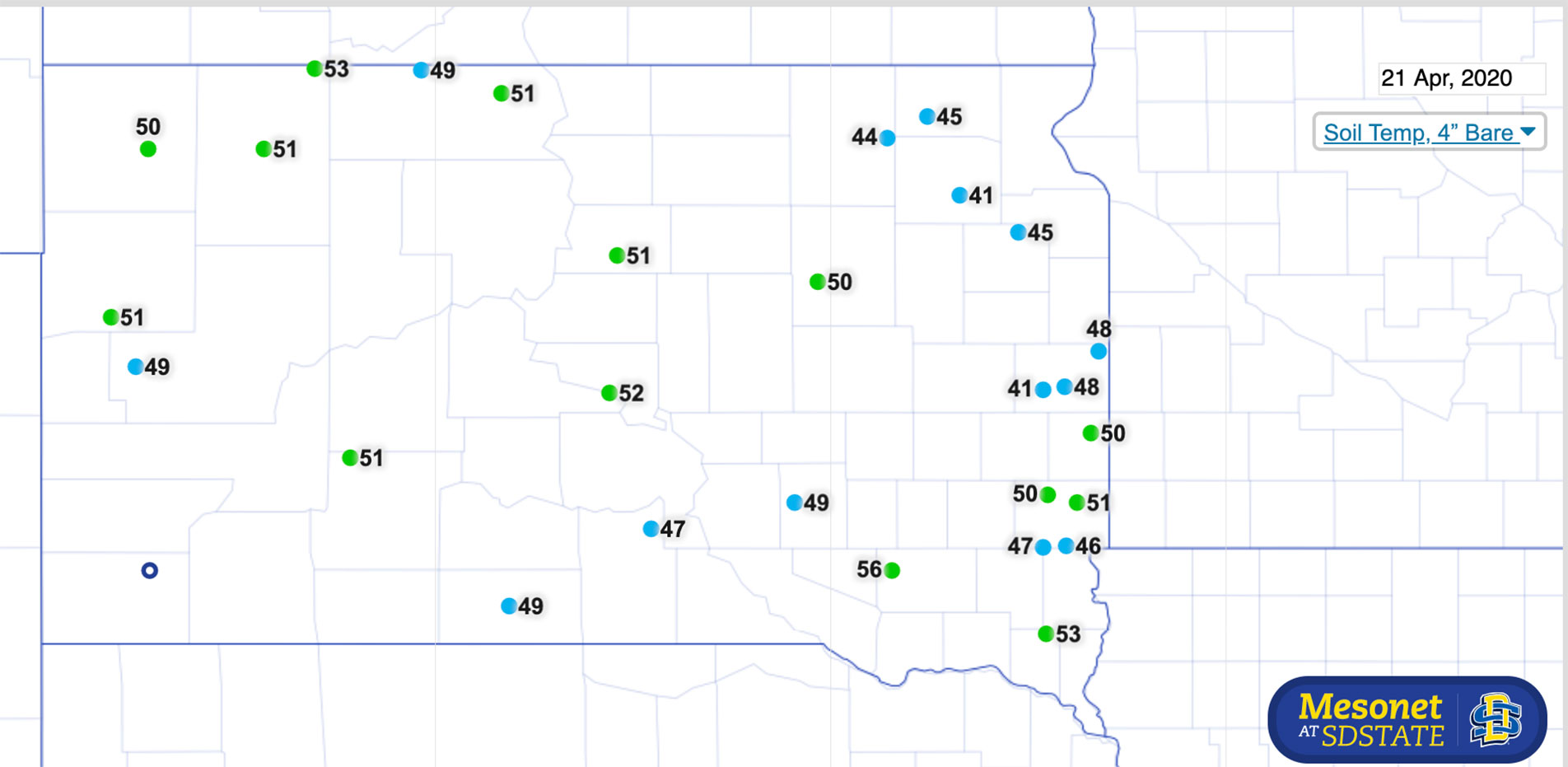
Soil Temperature for Planting Spring Crops
Soil temperature is an important consideration for deciding when to begin planting spring crops. If producers in South Dakota would like a quick reference for soil temperatures in their area, the SD Mesonet network measures soil temperature at several weather stations throughout the state.
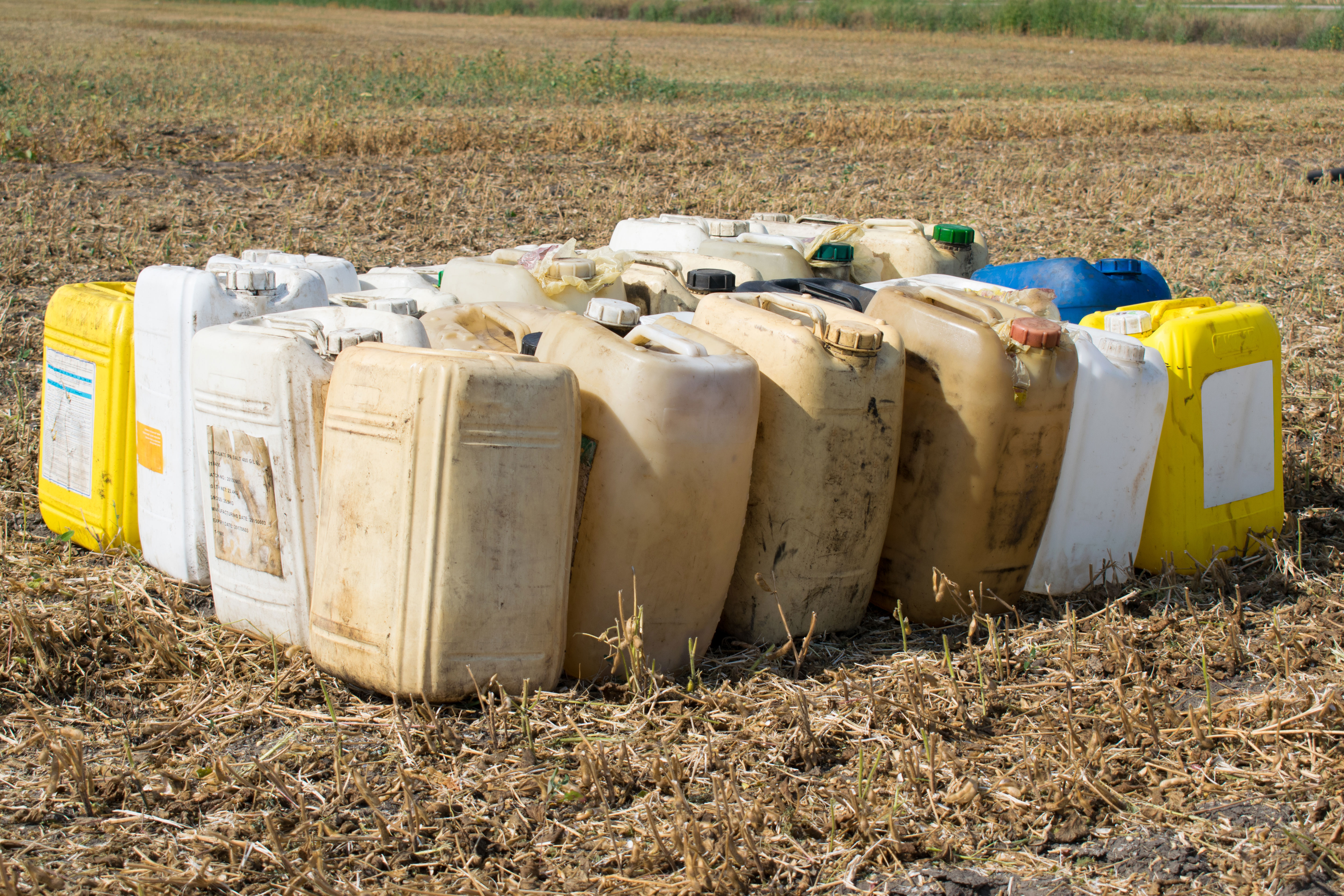
Changes in Pesticide Applicator Certification During COVID-19
April 27, 2020
Due to office closures as a result of COVID-19, commercial pesticide applicator testing is currently unavailable at the SDSU Extension Regional Centers and county offices.
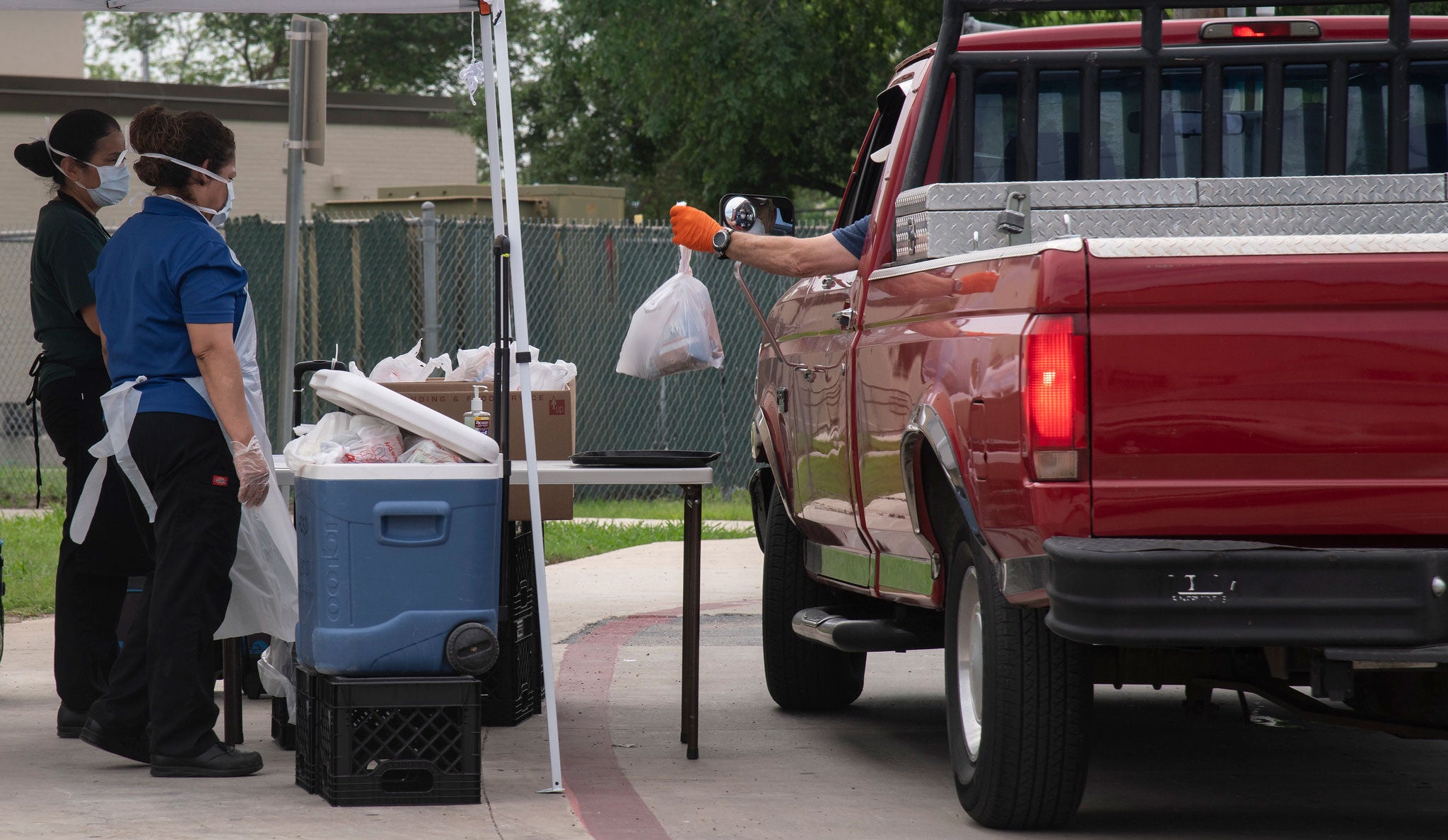
Farmers Markets and COVID-19
Farmers markets are a very important sector in South Dakota. The COVID-19 pandemic has raised a great deal of concern on trying to keep these markets open, while providing a safe environment for consumers to shop. This article is a guide to help farmers markets set up their operation in a manner that will best protect consumers and allow for continuation of operations.
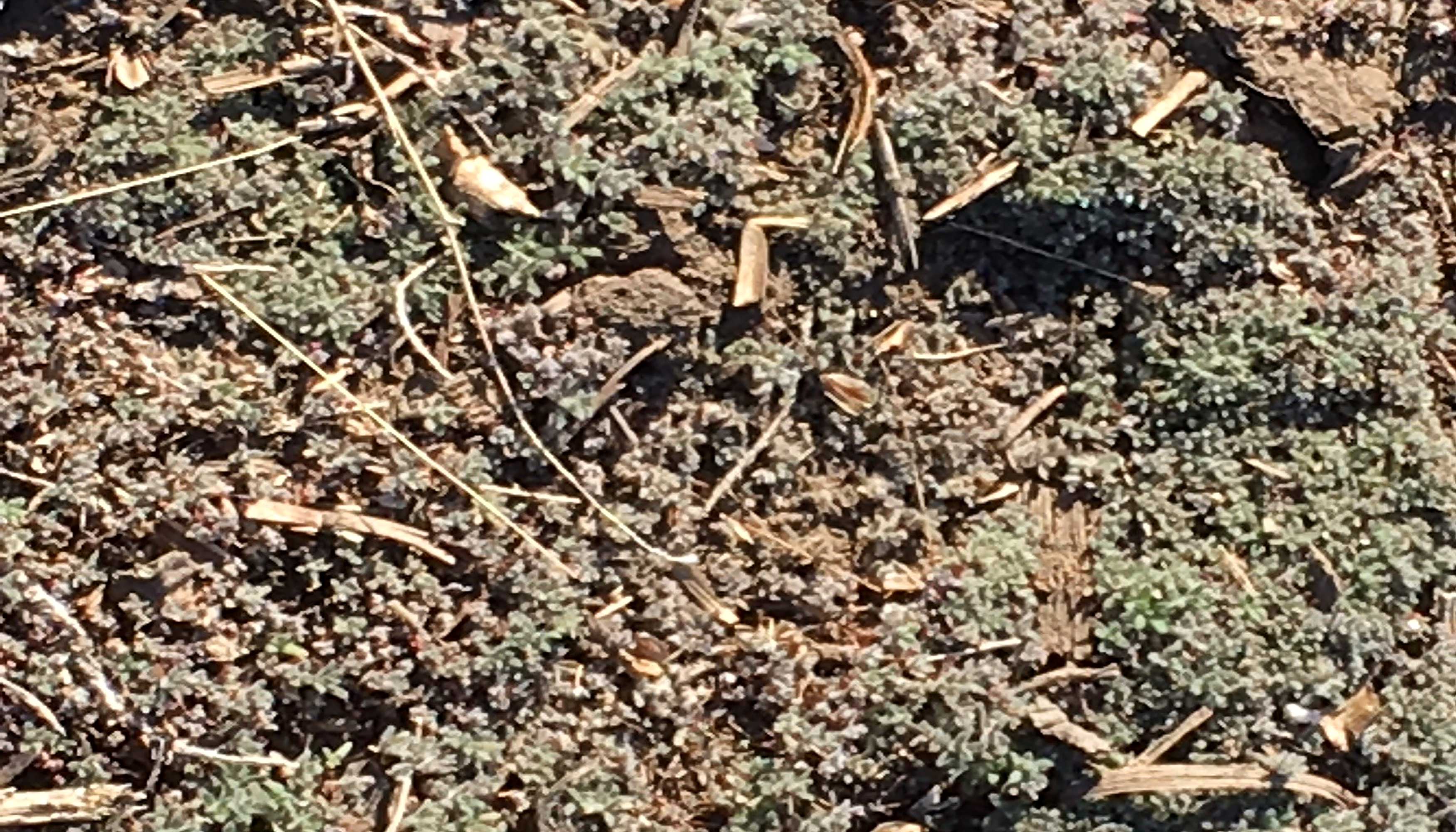
Temperature and Herbicide Performance
In South Dakota, the spring can come with a wide range of temperature fluctuations. This will affect the performance of burndown herbicides. Depending upon the target weed, type of herbicide and application rate, there will likely be decreased weed control in cooler temperatures.

How to Stop Drift
The goals of applying any crop protection products include: increasing effectiveness, mitigating drift, and maximizing profits. We will focus on mitigating drift, even though all three interact with each other.
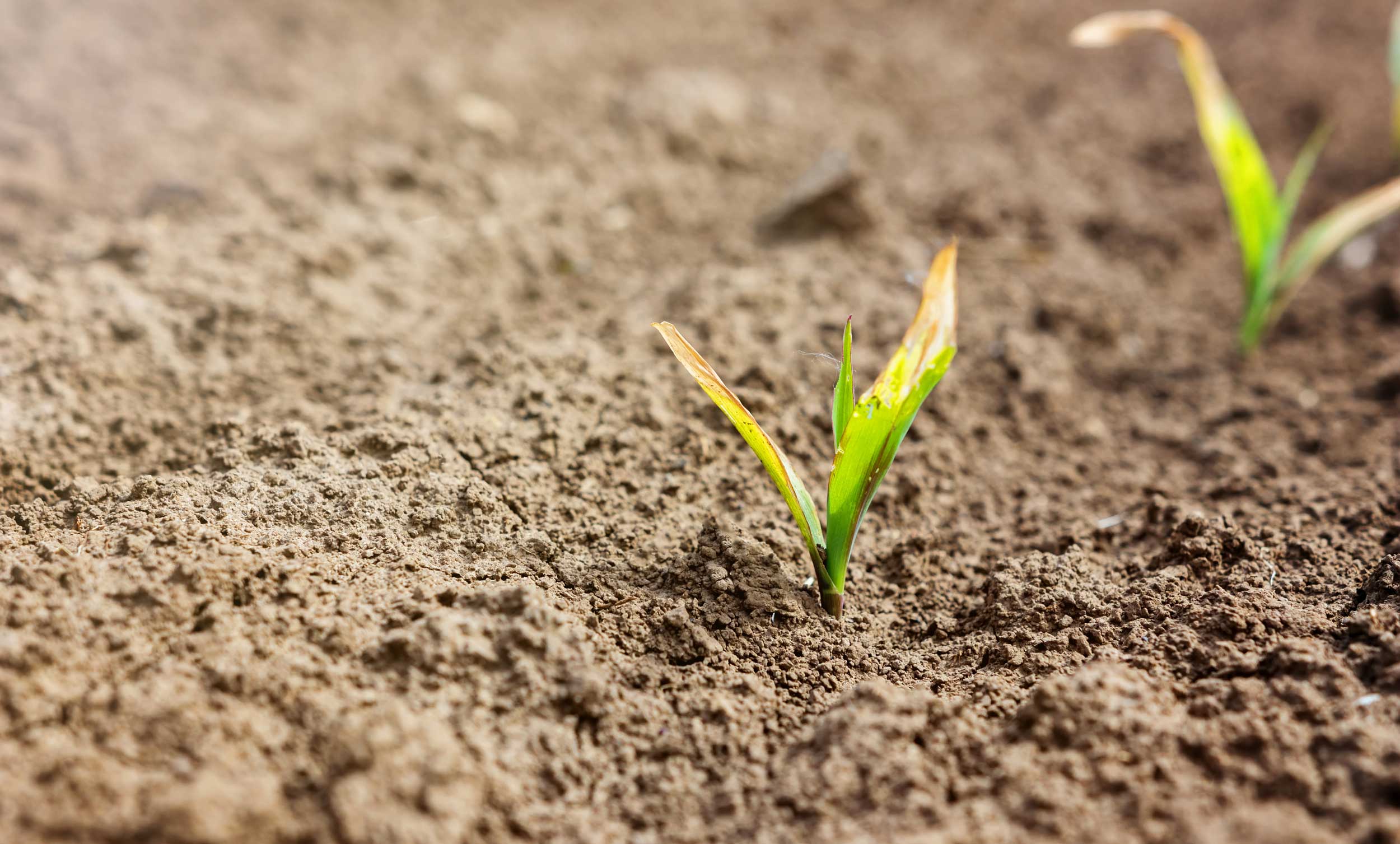
Low Temperature Damage to Corn and Soybean
Temperatures are forecast to reach 32°F or lower in large areas of South Dakota for several nights beginning on May 7, 2020. While a relatively low percentage of planted crops are likely to be emerged at this point in time, producers may still want to evaluate individual fields for crop damage.
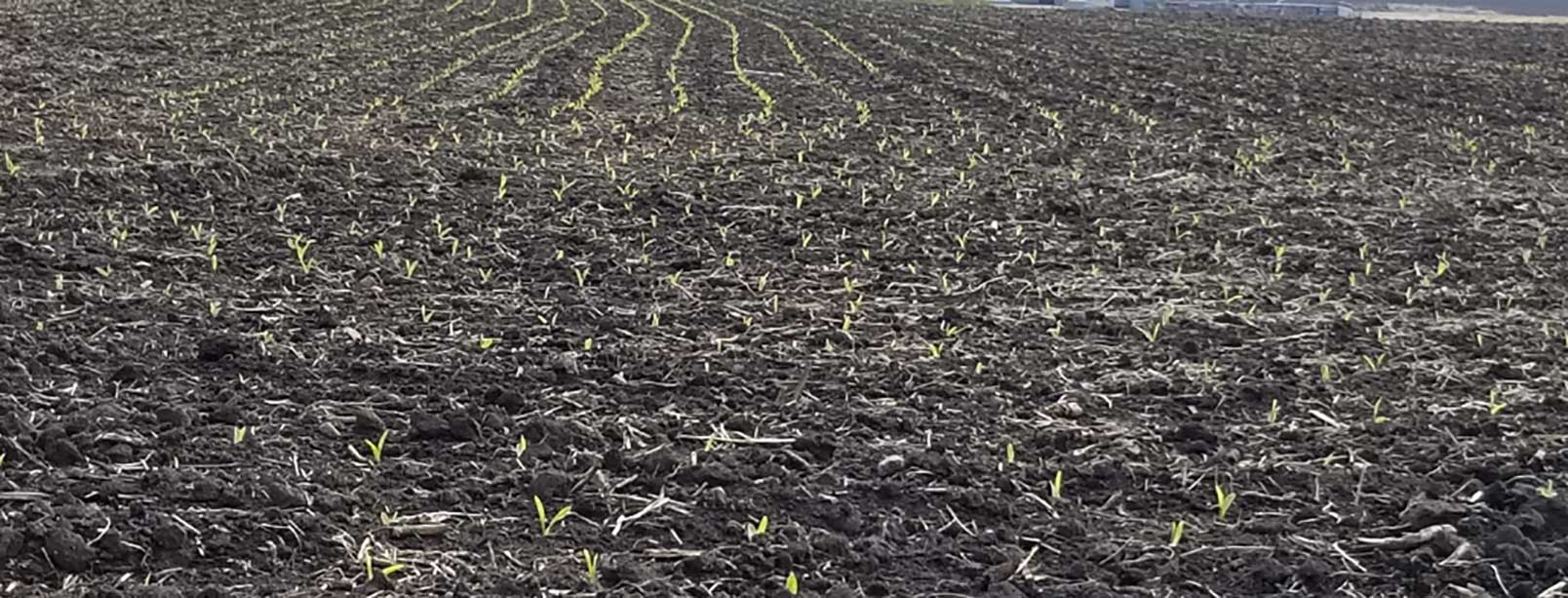
Corn Emergence During Cold Weather
After a very welcome warm and relatively dry April, the month of May has brought winter-like temperatures again to South Dakota. Due to cold and wet conditions, concerns of the cold temperatures have been expressed by producers who have recently planted corn.
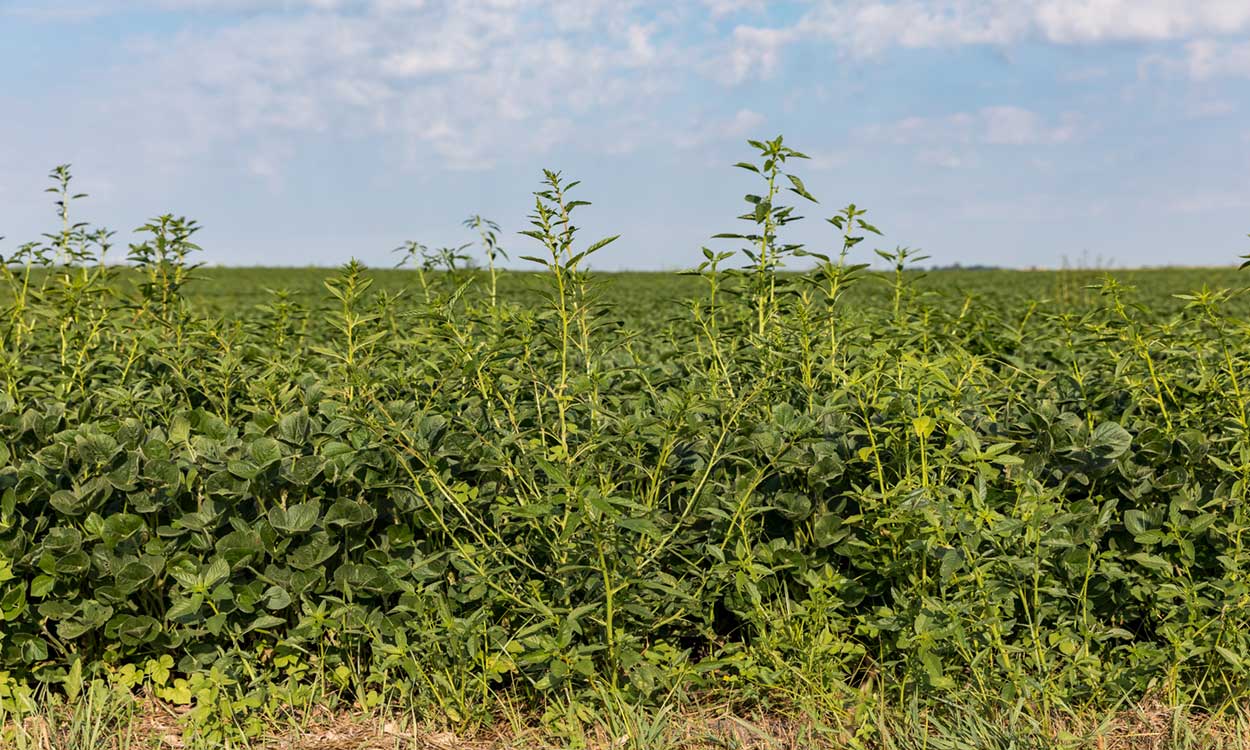
Checking Weed Control at Harvest
With harvest now in full swing, don’t forget to look at your fall weed control. What are the weeds that are left in your crop? Do you know what weeds they are? Is there a weed that you do not know?
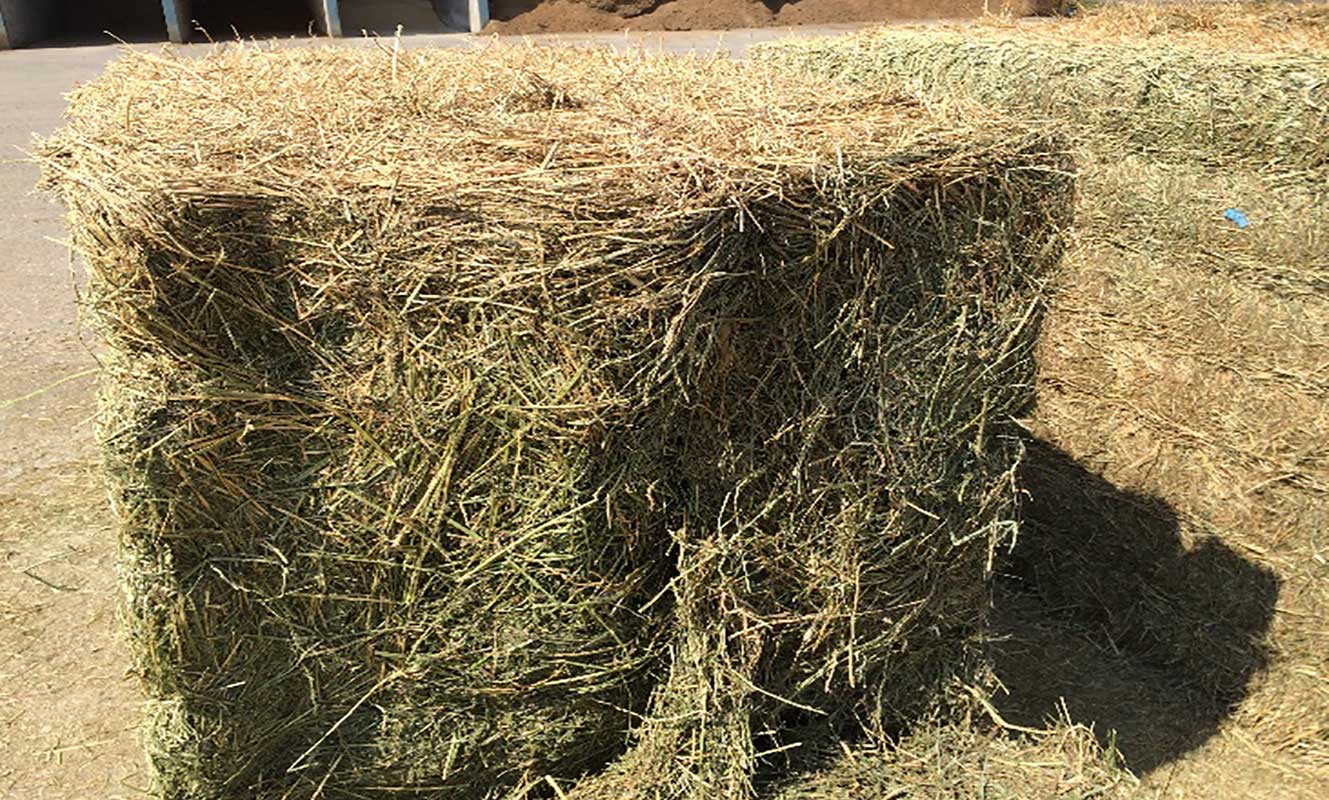
Understanding Hay Inoculants and Preservatives on ‘Dry’ Hay
As haying season approaches, producers across South Dakota will begin preparing to get out the baler. In recent years, it has been quite difficult for many producers to put up quality, dry hay. This often results in growers considering using inoculants and hay preservatives.

What's That Vine?
One of the most frequently asked questions that I have gotten recently refers to a vining plant that looks like it is going to take over the world, or at least a few trees in the yard or a section of a shelterbelt.